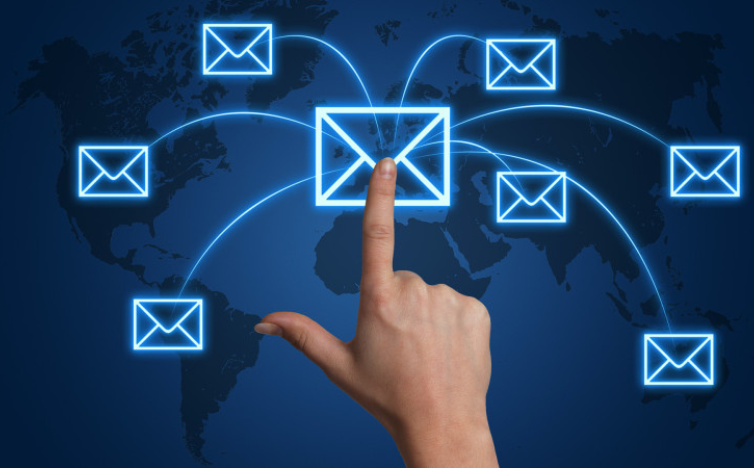Email marketing automation helps businesses streamline their communication with customers by sending personalized, targeted emails based on user behavior or pre-set triggers. It saves time and ensures consistent, effective communication with your audience.
Why Use Email Marketing Automation?
Automation helps marketers create meaningful connections with their customers without having to manually send every email. By scheduling emails and automating responses, you can focus on strategy and content while the system handles the repetitive tasks. This leads to increased engagement, higher conversion rates, and more loyal customers.

Key Benefits of Email Marketing Automation
- Time Efficiency: Automating emails saves hours that would otherwise be spent manually sending messages.
- Personalization: Automation tools allow for personalized content based on customer behavior, preferences, and past interactions.
- Lead Nurturing: It helps guide potential customers through the sales funnel, from initial contact to conversion.
- Data-Driven Insights: Automation platforms provide analytics on how your campaigns perform, helping you refine your strategy.
See Also: Top Trends in Email Marketing for 2024
Getting Started with Email Marketing Automation
1. Choose the Right Platform
There are numerous email automation tools available, like Mailchimp, ActiveCampaign, and HubSpot. Research and pick a platform that fits your business needs and budget. Ensure the platform offers robust features like segmentation, scheduling, and analytics.
2. Build Your Email List
Before automating emails, you’ll need a well-targeted email list. Collect customer emails through sign-up forms, opt-ins, and landing pages. Ensure you have permission to send emails to avoid spam complaints.
3. Segment Your Audience
Segmentation divides your email list into groups based on factors like behavior, location, and preferences. This allows you to send targeted messages to each group, increasing the relevance and effectiveness of your campaigns.
4. Set Up Automated Workflows
Automated workflows are the heart of email marketing automation. These workflows trigger emails based on specific actions, such as subscribing to a newsletter or abandoning a shopping cart. Use workflows to send welcome emails, nurture leads, or re-engage inactive customers.
5. Create Engaging Content
Your email content must be compelling to capture attention and drive action. Focus on creating subject lines that encourage opens, and use clear, concise copy to communicate your message. Include calls to action (CTAs) that guide recipients toward your desired outcome.
6. Monitor and Optimize Campaigns
Use the data from your email platform to track performance. Monitor open rates, click-through rates, and conversions to see what’s working. Adjust your content, timing, and segmentation based on these insights to continuously improve your results.
See Also: The Dos and Don’ts for Effective Email Marketing Campaigns
Best Practices for Successful Email Automation
- Test Your Emails: A/B test subject lines, email designs, and content to see what resonates best with your audience.
- Avoid Over-Automation: While automation is helpful, make sure not to overdo it. Too many emails can annoy subscribers.
- Focus on Value: Always prioritize sending valuable content over purely promotional material to build trust and loyalty.
Call us: Contact us For Email Marketing Services: +971 58 830 3415
Conclusion
Email marketing automation is an essential tool for businesses looking to efficiently manage their customer relationships while driving higher engagement and conversions. By following these basic steps, you’ll be well on your way to leveraging automation for better email marketing results.
